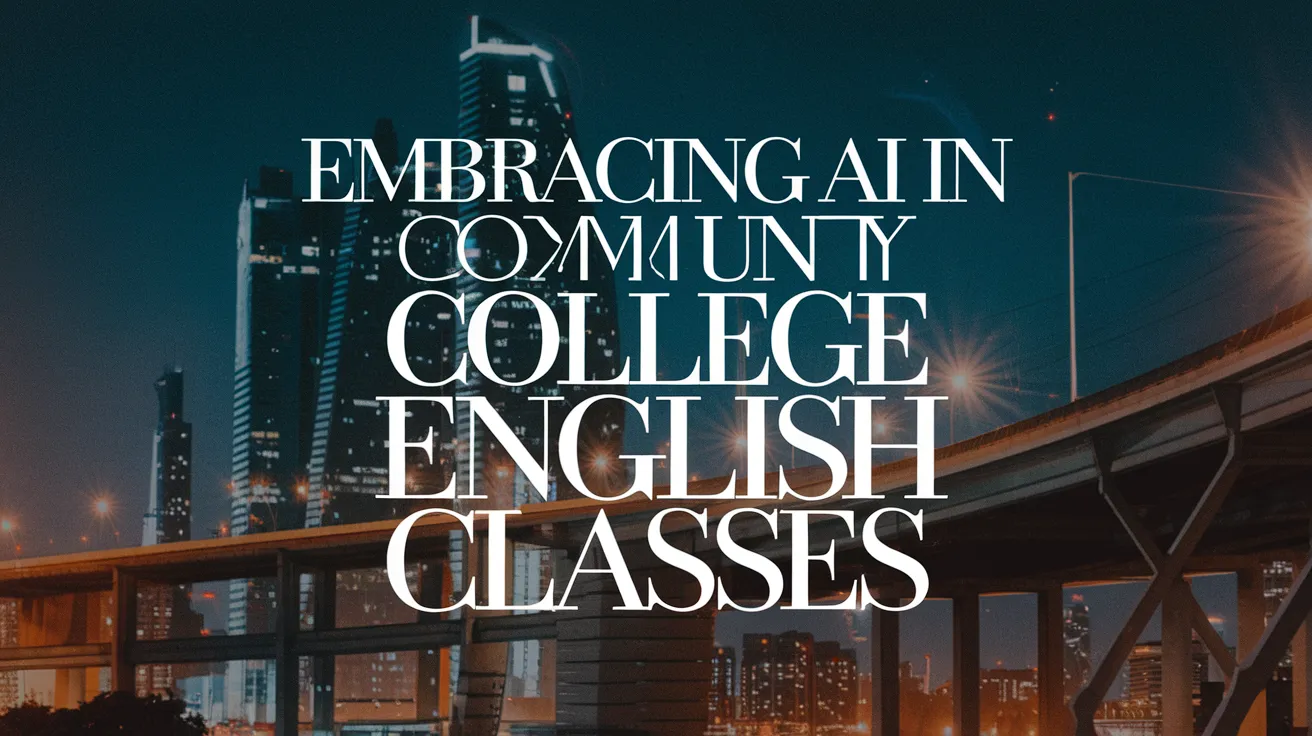Embracing AI in Community College English Classes

As a mother to 12-year-old twins who proficiently navigate AI tools like ChatGPT to generate music and transform family photos into artistic portraits, I recognize their access is built on a mix of luck and privilege. Our backgrounds allow my children to explore AI literacy in schools that are robustly funded, equipped with skilled educators, and fostering discussions about AI.
In contrast, at Delaware County Community College, where I’ve been teaching for over a decade, many of my students hail from underperforming high schools. They often believe that AI is a mere tool for cheating, with one returning adult learner admitting she had heard of AI but didn’t truly understand it. When I demonstrated ChatGPT in class, her realization was profound, highlighting how such technology could simplify her daughter’s homework.
This knowledge gap—rooted in generational, socioeconomic, and institutional divides—compels us as educators to address it with intention. Recognizing this is crucial; we risk leaving our most vulnerable students behind if we fail to act.
Feeling a sense of urgency, I decided to act swiftly. Over the past six months, I’ve dedicated over 150 hours to building my own proficiency across various large language models. I immersed myself in the ethics, mechanics, and effective use of generative tools, and engaged with relatives in IT to develop a deeper understanding. This effort culminated in receiving a grant to provide students in my fall Composition I course with ChatGPT subscriptions. This setup will enable collaborative exploration of AI in a computer lab environment.
Through OpenAI access, my students will benefit from rapid responses, voice-to-text capabilities, and tools like Sora, OpenAI’s image and video generator. As part of the process, I will gather data and administer surveys throughout the semester to evaluate how access to AI influences learning and digital literacy.
In my summer Composition II course, I initiated an experiment where students interacted with ChatGPT using our syllabus. The students uploaded our materials and shared introductions, which allowed the AI to predict their learning paths, leading to individualized feedback. The results were enlightening, bolstering their preparedness even before engaging with assigned readings.
As the semester progresses, I’ve noticed a marked difference. Students are not only completing assignments but are also inspired; responses to their poetry analysis tasks—and their reflections on the AI-generated images—far exceed expectations. Enthusiasm is palpable, and students who initially viewed AI with skepticism have changed their views.
This semester, the need for guidance in navigating new technologies has led to a notable increase in communication; I find myself utilizing more Zoom calls than in previous terms, helping students familiarize themselves with AI interfaces.
Despite these challenges, the engagement and community that are blossoming through AI integration are unmistakable, creating a positive learning environment. It’s imperative we guide our students on how to engage with AI ethically and intelligently, as neglecting this responsibility could exacerbate the existing skills and equity gap we’ve tried to bridge.
The narrative must shift from one of fear to responsibility—the students are ready; we must meet them on this frontier. Embracing AI effectively can enhance creativity, inspire learning, and foster community in even the most traditional educational settings.